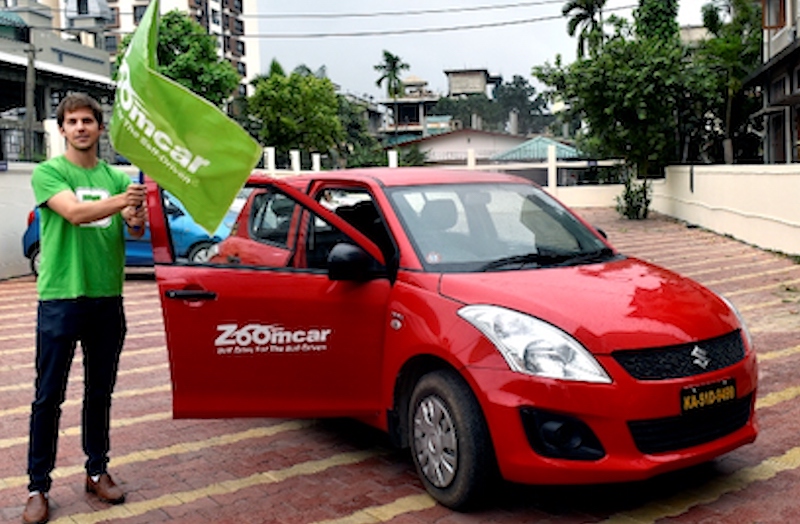In 2025, the concept of transportation is evolving at a rapid pace. As cities become more congested and environmental concerns grow, people are seeking new and efficient ways to get around. Zipcar car sharing offers a modern solution to these challenges by allowing users to rent vehicles on a short-term basis without the responsibilities of owning a car. This innovative service is revolutionizing urban mobility by making driving more accessible, affordable, and environmentally friendly. Whether you’re a student who needs a car once a week, a city resident looking for a weekend getaway vehicle, or a business traveler requiring reliable transport, Zipcar provides a flexible and convenient option that fits a wide range of needs.
The History and Growth of Zipcar
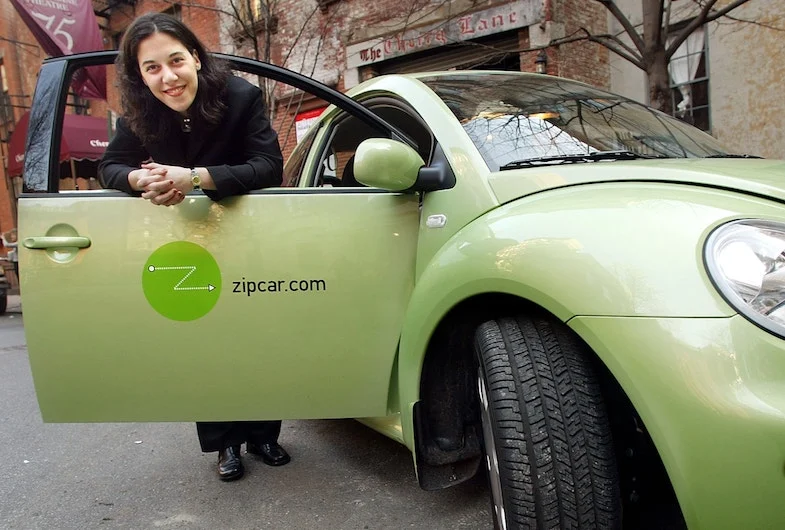
Zipcar was founded in the year 2000 in Cambridge, Massachusetts, by Antje Danielson and Robin Chase. The concept was inspired by a European car-sharing model, with the goal of reducing car ownership and promoting shared mobility. Starting with just a few cars in Boston, Zipcar quickly expanded to other major cities across the United States. The company merged with its competitor Flexcar in 2007, solidifying its place as a leader in the industry. In 2013, Zipcar was acquired by Avis Budget Group, allowing it to scale operations globally and improve its technology infrastructure. Today, Zipcar operates in over 500 cities and more than 600 college campuses in North America and Europe. Its continued investment in mobile technology, fleet diversity, and user convenience has cemented its status as a pioneer in the car-sharing space.
Understanding How Zipcar Works

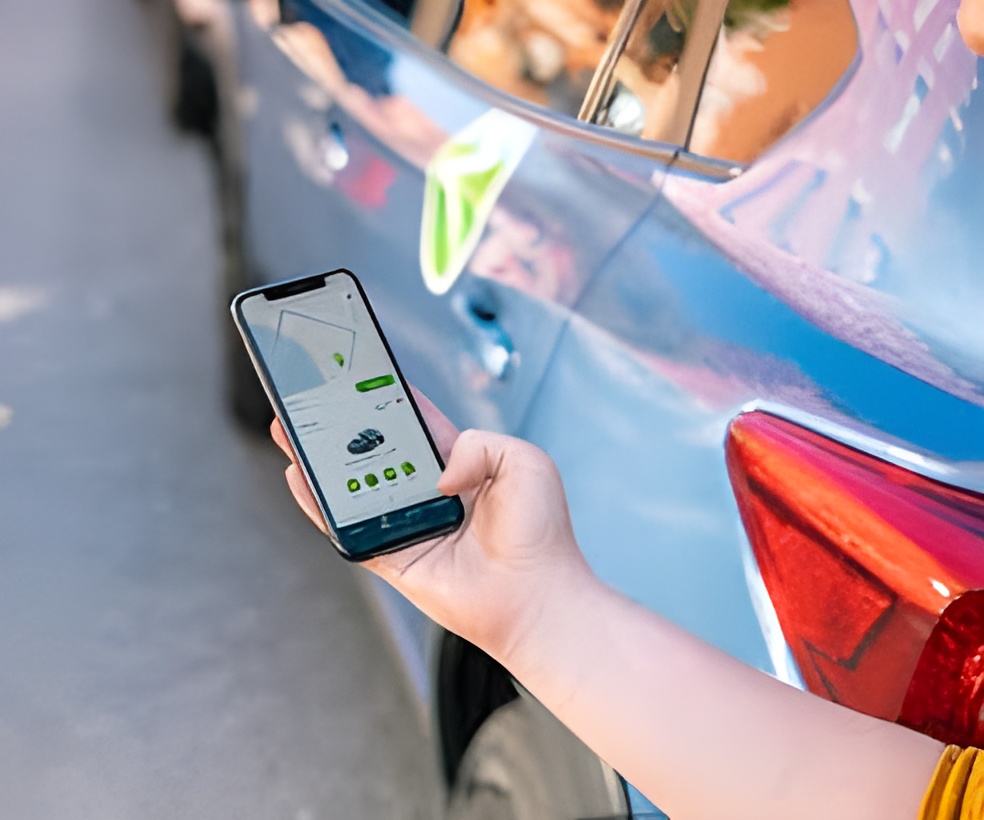
Zipcar’s model is designed to offer simplicity and convenience. To get started, users need to create an account online or through the mobile app, providing a valid driver’s license and basic information. Once approved, members can browse available vehicles in their area, choosing from a range of models including sedans, SUVs, vans, and hybrids. Reservations can be made for as little as one hour or up to several days, with pricing displayed clearly during booking. When it’s time to drive, users locate the car at its designated parking spot and unlock it using their smartphone. The keys are typically located inside the car, and members are free to drive within the reservation time. Fuel, insurance, and roadside assistance are all included in the cost, and a fuel card is provided in the vehicle in case a refill is needed. When the trip ends, the car must be returned to the same location on time to avoid late fees. This seamless process has made Zipcar a preferred choice for individuals seeking flexible, on-demand access to vehicles without the hassles of traditional car rentals or ownership.
Zipcar Pricing and Membership in 2025
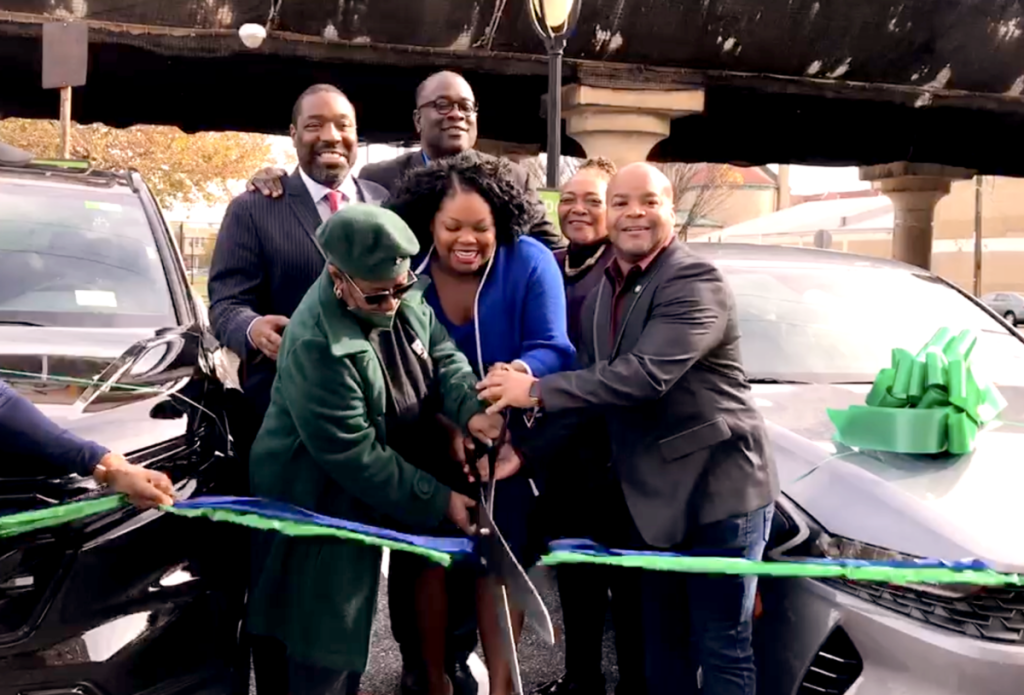
As of 2025, Zipcar offers several membership plans to cater to different usage patterns. There is a standard monthly plan that costs around $9 per month and an annual membership for approximately $90, offering savings for long-term users. Once a membership is active, members can book vehicles at hourly rates starting from $10 to $14, depending on the city and car model. Daily rates range from $70 to $100, making Zipcar a cost-effective alternative to both car ownership and standard rental services. Each reservation includes up to 180 miles per day, and any additional mileage is charged at a nominal per-mile rate. One of Zipcar’s key advantages is that fuel, insurance, and maintenance costs are all bundled into the rental price, offering transparent pricing with no hidden fees. There are also exclusive discounts for students and universities, and custom business accounts that allow companies to manage team travel efficiently. This tiered pricing approach ensures that Zipcar remains accessible to casual users while offering value to those who rely on the service regularly.
Benefits of Using Zipcar for Everyday Life


The benefits of Zipcar car sharing are manifold, especially in an urban environment where car ownership can be expensive and impractical. For starters, Zipcar helps users save money by eliminating the costs associated with owning a car—such as monthly payments, fuel, insurance, parking, and regular maintenance. Instead, users pay only for the time they actually need a vehicle. This model supports a more sustainable lifestyle by encouraging people to drive less and rely on alternative forms of transport when possible. Another major advantage is convenience. Cars are located throughout neighborhoods and cities, easily accessible via mobile app 24/7. There’s no need to wait in lines or fill out paperwork, which is common with traditional rental agencies. Zipcar also contributes to environmental sustainability by reducing the number of vehicles on the road. Studies have shown that each Zipcar can replace up to 13 privately owned cars, helping to cut down on traffic congestion and emissions. For city dwellers, students, and environmentally conscious individuals, Zipcar offers an intelligent and responsible transportation option.
Comparing Zipcar to Traditional Car Rentals
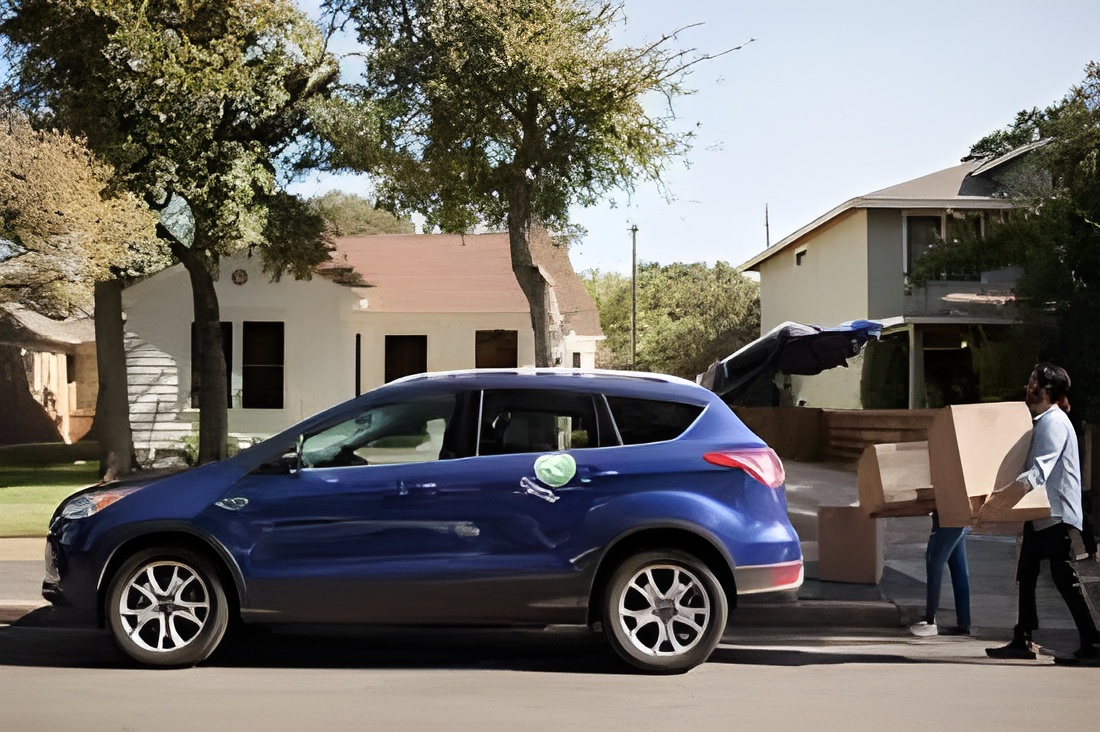
When comparing Zipcar to traditional car rental services, the differences are both operational and philosophical. Traditional rentals often require a visit to a rental office, long queues, paperwork, and sometimes even long-term commitments. Zipcar eliminates all of these inconveniences by offering a fully digital experience that can be managed through a smartphone. While traditional car rentals are generally geared towards travelers needing a vehicle for several days, Zipcar caters to short-term needs with hourly rentals, making it ideal for quick errands or day trips. Additionally, while rental companies often charge extra for fuel, insurance, and young drivers, Zipcar includes all these in the base price. The ability to book a car parked around the corner without speaking to anyone or signing documents is a significant convenience that sets Zipcar apart. Although traditional rentals may offer more vehicle variety or allow for cross-border travel, Zipcar’s model is better suited for local and frequent use. It is especially appealing for users looking for flexibility, transparency, and ease of access.
Who Should Consider Using Zipcar?


Zipcar is ideal for a wide demographic, ranging from students and city residents to business professionals and occasional drivers. Urban dwellers who do not own a car but occasionally need one for errands or trips find Zipcar particularly useful. It gives them access to a vehicle without the ongoing costs and responsibilities of ownership. Students benefit from discounted memberships and campus-based car locations, offering a reliable way to get off-campus for interviews, shopping, or weekend travel. Businesses also use Zipcar as a cost-effective way to manage transportation for employees, especially for short-term assignments or local meetings. Even families who own a car may find Zipcar useful when a second vehicle is temporarily needed. Tourists visiting cities where Zipcar operates can also take advantage of the service for spontaneous travel plans. Essentially, anyone who needs a car occasionally but does not want the burden of owning one should consider using Zipcar. Its flexibility, affordability, and ease of use make it a smart alternative in 2025.
The Role of Zipcar in Sustainable Urban Mobility
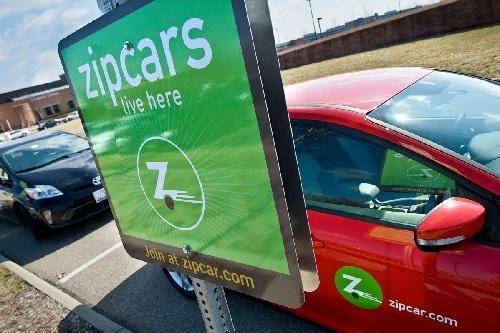
Zipcar plays an important role in promoting sustainable transportation. By encouraging shared vehicle use, Zipcar helps reduce the total number of cars on the road, which in turn lowers greenhouse gas emissions and alleviates traffic congestion. As more cities face challenges related to overpopulation and pollution, services like Zipcar offer a viable solution that aligns with public transportation initiatives and green city planning. Zipcar’s fleet includes hybrid and electric vehicles in many locations, further supporting environmentally conscious mobility. The company also partners with city governments, universities, and housing developers to integrate car sharing into urban infrastructure. This collaborative approach helps cities meet their sustainability goals while providing residents with a convenient transport option. For users, Zipcar encourages more thoughtful travel habits. People who use car-sharing services tend to plan their trips more efficiently and rely more on walking, cycling, and public transport. In this way, Zipcar not only serves individual transportation needs but also contributes to a larger shift toward sustainable urban living.
Conclusion: Why Zipcar is the Future of Driving
Zipcar car sharing offers a forward-thinking solution to modern transportation challenges. In 2025, when flexibility, cost-efficiency, and sustainability are top priorities for many people, Zipcar provides a model that checks all the boxes. With its user-friendly digital interface, transparent pricing, and widespread availability, Zipcar has redefined what it means to drive in a city. It offers all the benefits of having a car—freedom, convenience, mobility—without the downsides of ownership. For individuals, students, businesses, and even city planners, Zipcar represents a shift toward smarter mobility choices. As urban environments continue to evolve, services like Zipcar will be at the forefront of helping people move more efficiently and responsibly. Whether you need a car for an hour, a day, or just want the option when the occasion arises, Zipcar remains one of the most reliable and innovative car-sharing platforms available today.



